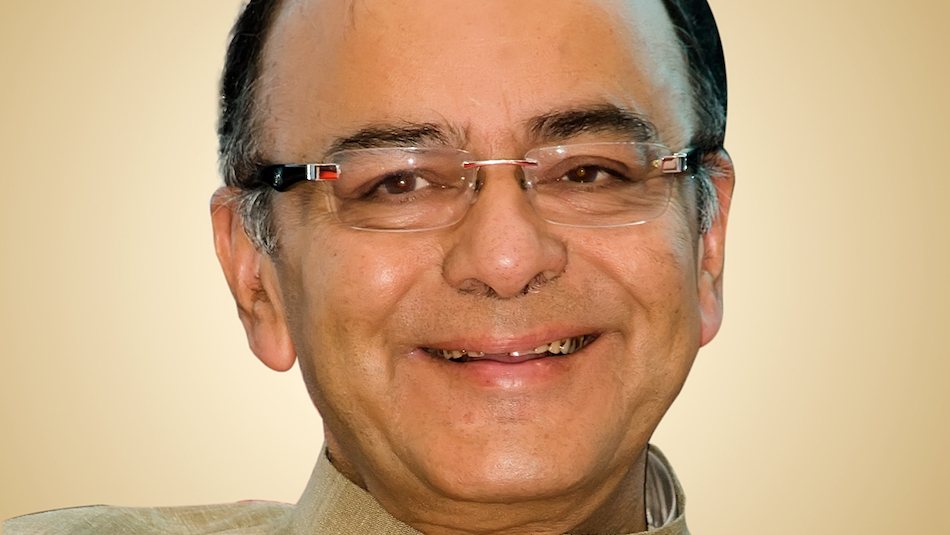
Arun Jaitley, India’s finance minister. Photo credit: Wikimedia.
India’s annual budget (annual financial statement) is followed avidly both in the country and abroad because of the signals it provides on government policy and direction. The latest one presented in parliament earlier today had a number of important pronouncements – none more so than the setting up of a regulatory board for digital payments in the country’s central bank, the Reserve Bank of India (RBI).
Three months ago, India’s prime minister took a drastic step to curb the use of cash and give a push to digitizing the economy.
Pushing people towards digital payments carries with it the responsibility of laying out the systems to make them smooth.
Despite chaos in its implementation, observers have been looking forward to the multiplier effect of going cashless. Digital payments startups obviously were the first to see an uptick, but many other possibilities emerge as hundreds of millions of Indians start using their smartphones for something more than chats. The digital footprints people leave when they pay with their phones, for instance, make a whole new population eligible for loans and insurance.
But pushing people towards digital payments carries with it the responsibility of laying out the systems and infrastructure to make them smooth. This is still a work in progress. A case in point on problems arising from this is the recent public spat between a large bank and a digital wallet.
Tech evangelists have been working with the Indian government to lay out a unique digital infrastructure, based on a digital identity for citizens, called Aadhaar, and a unified payments interface (UPI), which simplifies mobile money transfer. The key to its adoption is interoperability. This fell apart when ICICI Bank blocked transactions from PhonePe, a digital wallet acquired by ecommerce leader Flipkart.
While ICICI cited security concerns, PhonePe characterized it as a turf battle.
While ICICI cited security concerns, PhonePe characterized it as a turf battle. Only banks are currently authorized to use the UPI for a mobile-friendly digital payments option, and PhonePe has partnered with Yes Bank for its UPI feature.
PhonePe took the matter to the National Payments Corporation of India (NPCI) – an umbrella body of banks under the aegis of the Reserve Bank of India. But the NPCI is a facilitator and has no regulatory authority. Initially, it asked ICICI to stop blocking the transactions from PhonePe, and then in a reversal of its stand, it asked Flipkart’s digital wallet to first improve its interoperability compliance. Meanwhile, PhonePe users have to figure out other options for their payments involving ICICI bank accounts.
This is the sort of mess that the new regulatory board for digital payments will be called upon to sort out. But it’s still an intermediate step in smoothing out digital payments.
See: Digital payments get huge leg-up in India’s new budget. Here’s the low-down.
Where are the bolder steps?
Currently, only the banks and new entities called “payments banks” – which can only use its accounts for payments and not other instruments like loans – are authorized to use the UPI for fast, interoperable digital payments. But adoption of the UPI has been lukewarm because banks are too caught up with legacy processes to give it the kind of push that new fintech players could.
See: Paytm founder prepares for his next pivot, which could be the biggest yet

Photo credit: Klozest.
Only a little over a month ago, a government committee to look into digital payments had recommended an independent regulatory authority outside the RBI. But the central bank opposed this, arguing that it would lead to confusion. The union budget has gone along with this.
Finance minister Arun Jaitley reinforced the government’s commitment to a digital economy, including incentivizing the use of the government’s own UPI payments app BHIM (Bharat Interface for Money). But bolder steps will be needed to allow the digital economy to work without hindrance. How to bring fintech innovators into the picture, without compromising on security, will be a key to this.
India is now second only to China in number of internet users – 462 million. And four-fifths of them access the web from mobile devices. If mobile payments are made easier, it opens huge opportunities for tech businesses.
(This is an opinion piece.)
This post This is India’s answer to its digital payments mess – a new regulatory board appeared first on Tech in Asia.
from Tech in Asia https://www.techinasia.com/india-digital-payments-regulatory-board
via IFTTT
No comments:
Post a Comment